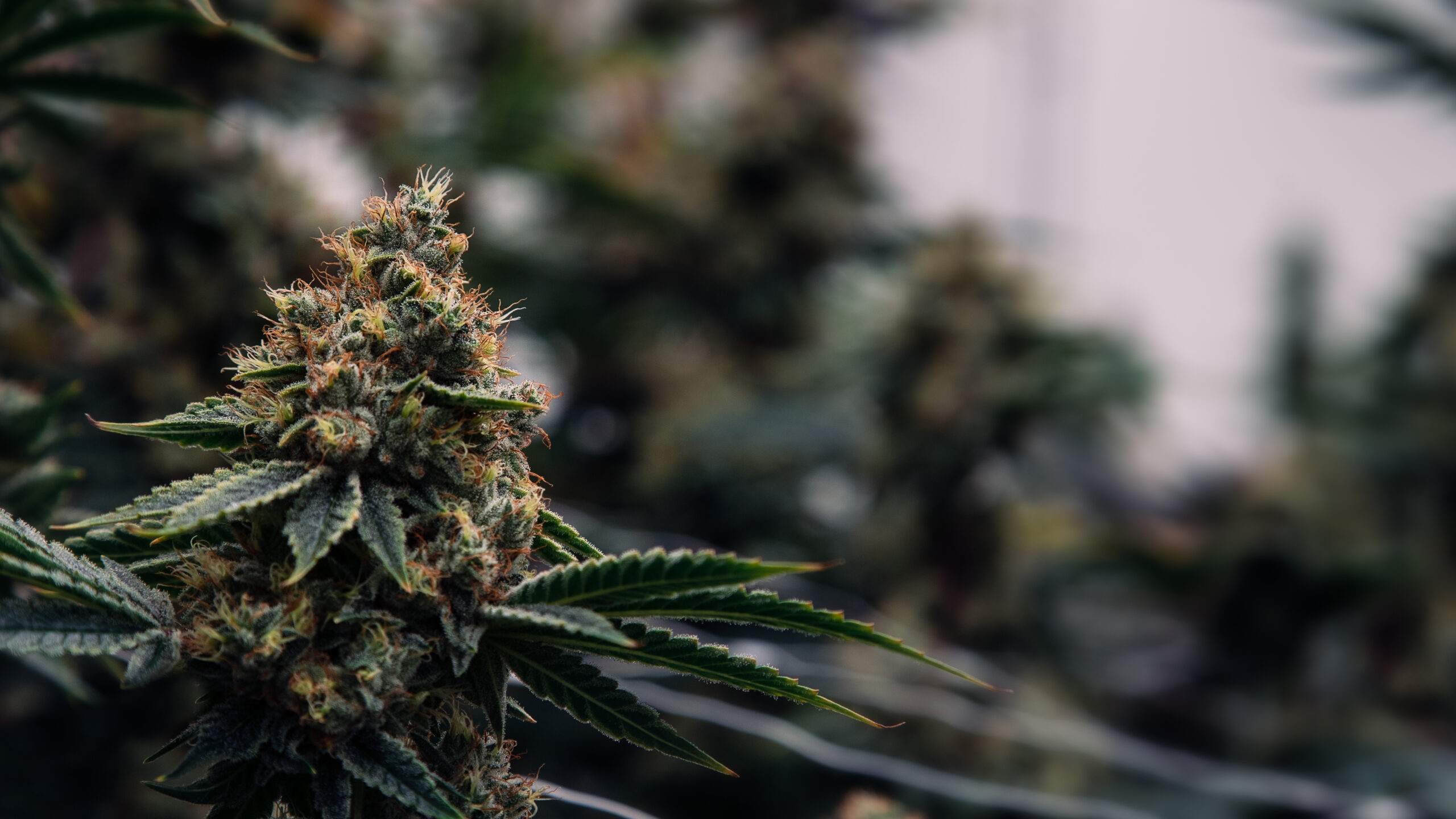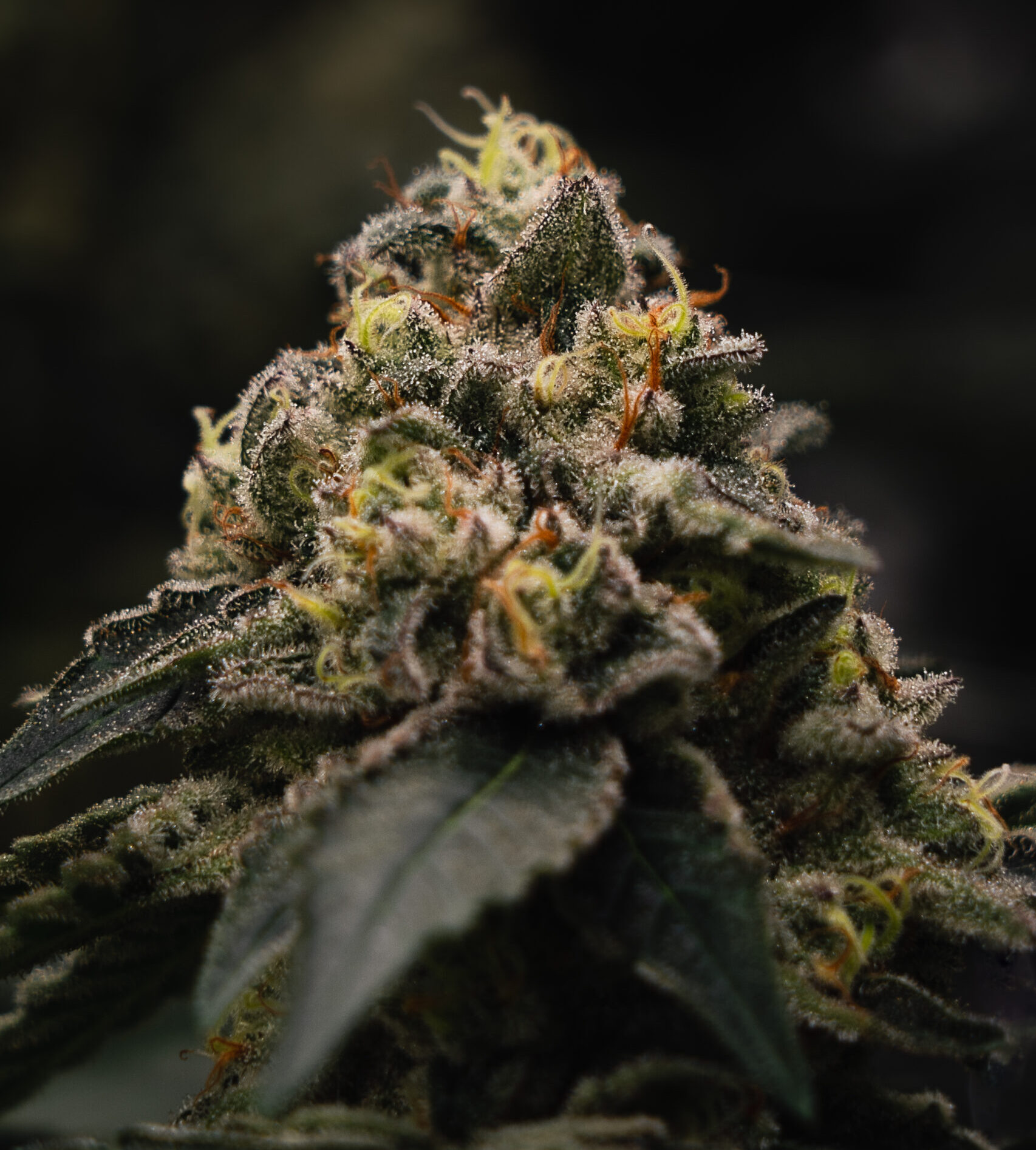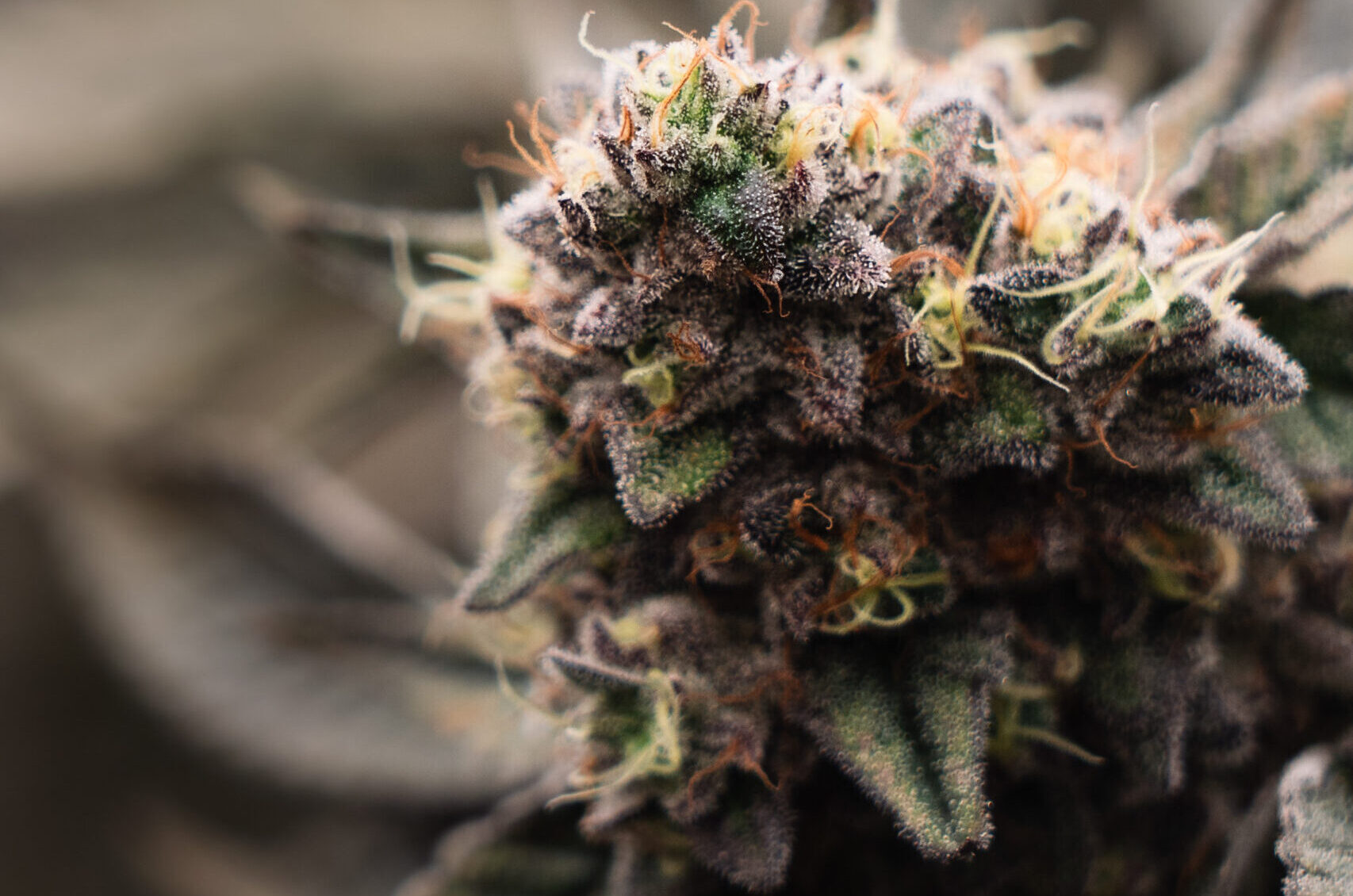Even if you are fairly new to the world of cannabis you have probably heard the terms Indica, Sativa, and Hybrid. If you’re a seasoned cannabis user, then you are most likely all too familiar with those labels and use them regularly when purchasing and consuming.
Traditionally, cannabis strains have been categorized into these three different types based on things like effect and appearance. And while this is still the most popular way to categorize strains, we have seen many brands and industry leaders start to move away from these labels for more comprehensive descriptors.
Our main goal here is to give those who are just starting out, an understanding of the Indica/Sativa/Hybrid labels, to allow you to better navigate the process of purchasing and consumption better.
As well as give newbies and seasoned users alike, a little look into the way that the industry is moving and what things may look like over the course of the next few years.

This way of classification is one of the oldest and most popular ways of categorizing strains. However, with so much variation from strain to strain, these labels are really only going to give you broad strokes when it comes to the characteristics of their strains.
It’s a great place to start, especially if you’re just starting out, but if you want something very specific from your weed, you may need to do a little more research into the strain or talk to your Budtender.
Indica
Indica strains are often associated with relaxing and sedative effects. People who use Indica strain report a body-centric high, along with a sense of physical relaxation and relief from pain and tension.

Because of this, these strains are frequently used in the evening or nighttime due to these calming effects. They are also often used to promote sleep, alleviate anxiety, and provide relief from chronic pain.
In terms of appearance, Indica plants are generally shorter and bushier with broader leaves. They are also characterized by a compact and dense growth structure.
Sativa
On the opposite end of the spectrum Sativa strains are known for producing energizing and uplifting effects. People who use these strains will often report experiencing a head-high, which can enhance creativity, focus, and sociability.
Sativa strains are usually used during the daytime, as they are less likely to induce sedation. They are also popular for activities that require things like mental alertness and creativity.

As for their appearance, they continue the trend of being opposite to Indica. Sativa plants are typically taller with narrower leaves. They have a more open and airy growth structure.
Hybrid
Now here’s where we meet in the middle with Hybrid strains. As the name suggests, these strains are typically created when a grower cross-breeds an Indica strain with a Sativa.
Because of this, the effects of hybrid strains can vary widely, depending on the specific genetics of the strain. Therefore, it’s hard to pin down specific effects and traits that are characteristic of Hybrid strains. Some hybrids may lean more towards Indica effects, while others may lean towards Sativa effects.
Typically someone would choose a Hybrid strain for a balance between relaxation and mental stimulation. However the mixture between those two is going to vary from strain to strain.

Additionally, as the industry has expanded, strains have been cross-breed so much that it’s difficult to find a true Indica or Sativa, most strains are going to be some kind of hybrid. This can make it hard to find the exact effects you want if you’re only looking at the Indica/Sativa/Hybrid labels.
This, as well as other reasons, is why the industry is beginning to move away from those classifications and in a new direction.
As the industry grows and changes so does the way that we talk about cannabis. While the Indica/Sativa/Hybrid labels aren’t going to completely go away anytime soon, we are starting to see a shift in the conversation.
Cannabinoid Profiles
One new way that we are starting to see people classifying different strains is through their Cannabinoid Profiles. Cannabinoids are chemical compounds found in the cannabis plant. They interact with the body’s endocannabinoid system and produce various different effects.
Some common cannabinoids are Delta-9-Tetrahydrocannabinol (THC), Cannabidiol (CBD), and Cannabigerol (CBG). However there are dozens of different cannabinoids and each one has a different effect on your system.
Knowing which cannabinoids and how much of each are in a specific strain can allow you to choose the strain that will better suit your needs and give you the effects you’re looking for.
Terpene profiles
Terpenes are another compound that can influence the effect that cannabis will have on you. Terpenes are aromatic compounds found in various plants, including cannabis. They contribute to the distinctive scents and flavors of different strains and may also have therapeutic effects.
Some common terpenes are Myrcene, Limonene, Pinene, and Linalool however there are over two-hundred different ones that have been found in cannabis.
Terpenes on their own will have different effects but the terpenes can also interact with different cannabinoids in something called the entourage effect.
This effect refers to the interaction between cannabinoids and terpenes that will enhance the overall therapeutic effects of cannabis. For example, the presence of myrcene in a strain may enhance the sedative effects of THC, contributing to a more relaxing experience.
Whether you prefer the traditional classification system or you want to learn about some of the new ones, NatureMed is here to help with all of your cannabis needs. As always if you have any questions about any of our strains or products, please don’t hesitate to ask your budtender!
Find all of your old standards and maybe some new favorites here on our online menu and check our specials page to see the ways you can save.